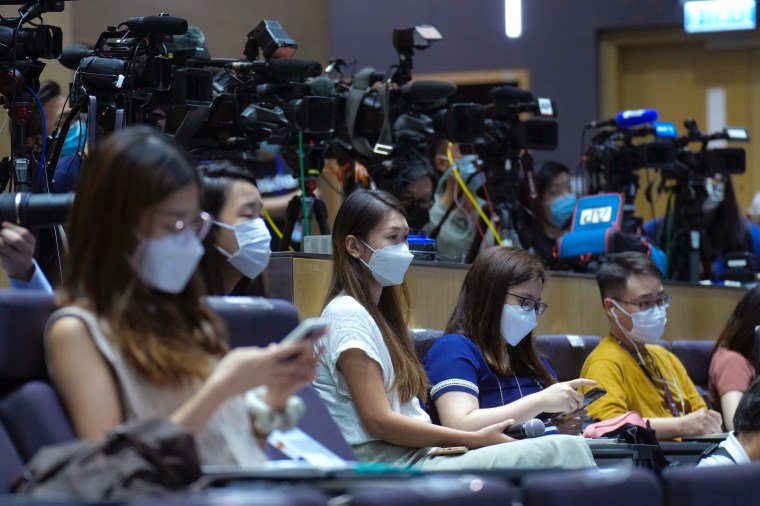Throughout the pandemic journalists have played a crucial role informing the public about the risks of COVID-19. The global situation continues to evolve, and many countries are increasing or relaxing travel restrictions and safety measures as coronavirus variants of concern are identified, and as the COVID-19 vaccination program gathers pace.
Basic COVID-19 mitigation
- Consider getting a COVID-19 vaccination, if available, in advance of any assignment. You may still be able to transmit the virus, according to the U.S. Centers for Disease Control and Prevention.
- Try to work in well-ventilated areas with a fresh air flow whenever possible.
- Stay two meters or six feet from others whenever possible to observe social distancing.
- Face masks should be worn if social distancing cannot be maintained for a prolonged period. Additional personal protective equipment is sensible in higher risk areas.
- Wash your hands regularly.
- Use alcohol-based hand sanitizer gel as necessary.
- Sanitize all equipment regularly.
- Try and limit the number of people you are exposed to through work.
Digital security
Journalists have faced a range of challenges communicating with sources and colleagues during the pandemic, including insecure remote offices. Many journalists who report on public health measures such as vaccinations and mask requirements have encountered hostility online from people who oppose them.
For a more secure home working environment
- Update your devices regularly.
- Use a password manager and turn on two-step verification.
- Think about where you are storing your documents and try to separate work and personal accounts.
- Use an end-to-end encrypted messaging app, such as Signal and WhatsApp. Turn on disappearing messages when needed.
- Copy or back up content from your messaging apps on a regular basis.
For more information, see CPJ’s safety note on working from home.
Better protect against online abuse
- Review your online data and take steps to remove information that could put you or others at risk, such as family photos.
- Check the privacy settings on your accounts and remove content that you feel could be used to target you.
- Turn off location tracking on social media and other accounts.
- If in the United States, sign up to data removal sites to have your address and other personal information removed from public databases.
- Develop a process for documenting abuse and speak to your newsroom about any messages that could indicate a physical threat.
For more information, see CPJ guides on removing personal data from the internet, protecting against targeted online attacks, and other resources.
Reporting on protests
Journalists in some countries have been verbally and physically attacked by anti-vaccination and anti-lockdown protesters, according to The Conversation. Some news organizations have increased security measures following death threats, and numerous offices have been stormed by protesters.
- Expect significant hostility and verbal abuse from crowds protesting covid mitigation measures such as vaccination, masking, or lockdown mandates.
- Prepare to exit the situation quickly if necessary to avoid physical harm.
- Reporters have been targeted for wearing masks at such events. Balance the risks from airborne viruses with the risk of unwanted attention.
For more information, CPJ’s safety note on covering civil disorder details how to stay safe when crowds turn violent.
CPJ’s Digital Safety Kit is available in Español, Français, Русский, Português, العربية, Afsoomaali, አማርኛ, and ဗမာစာ. CPJ’s original advisory on covering the coronavirus outbreak, first published in 2020, is available in multiple languages.
